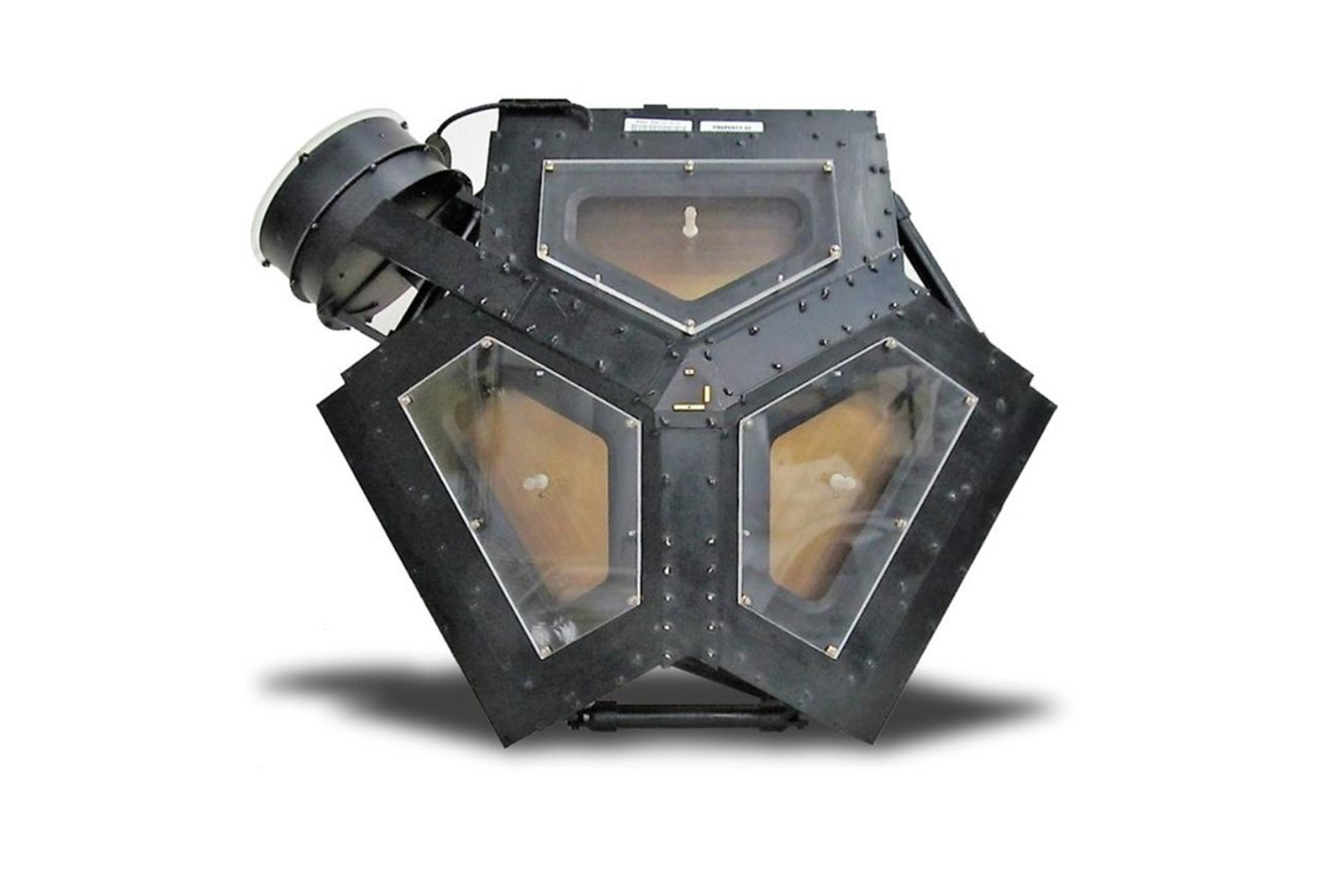Get the latest tech news
The anomalous state of Uranus's magnetosphere during the Voyager 2 flyby
A reanalysis of the Voyager 2 flyby of Uranus shows that it occurred during an extreme compression of the planet’s magnetosphere by the upstream solar wind. This would have had significant effects on the measurements made during the flyby.
Figure 2 shows the solar wind conditions and R SS for the entire interval that Voyager 2 spent in the heliosphere at the range of radial distances at which Uranus orbits the Sun (in the same format as Fig. Effects of compression at Saturn include the solar wind dynamic pressure initiating a global response from the aurora 19, 20 and magnetic reconnection at the dayside magnetopause 21 driving magnetosheath plasma into the magnetospheric cusps 22, 23. Had the flyby occurred at a different phase, our method would require analysis of diurnal variations at Uranus because the SWAA can vary substantially (up to 120° compared with 15° during Voyager 2) which would have large effects on the magnetopause standoff distance.
Or read this on Hacker News
